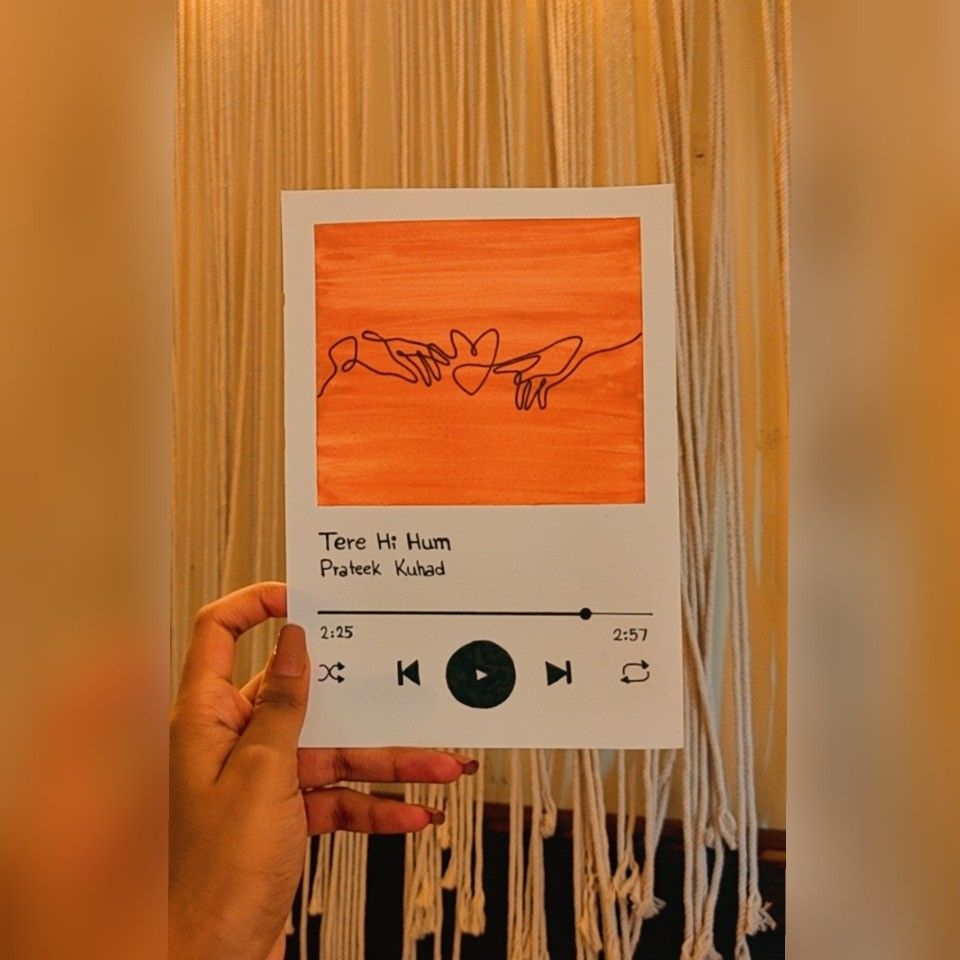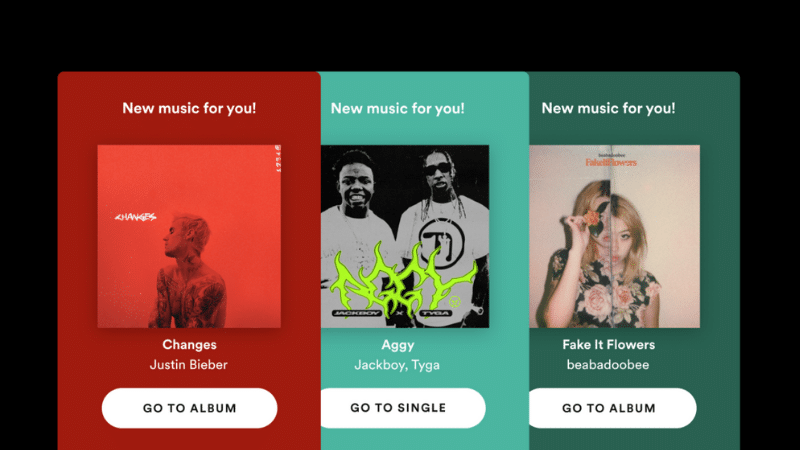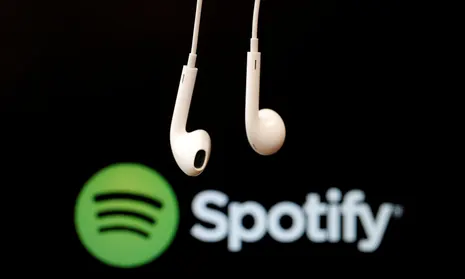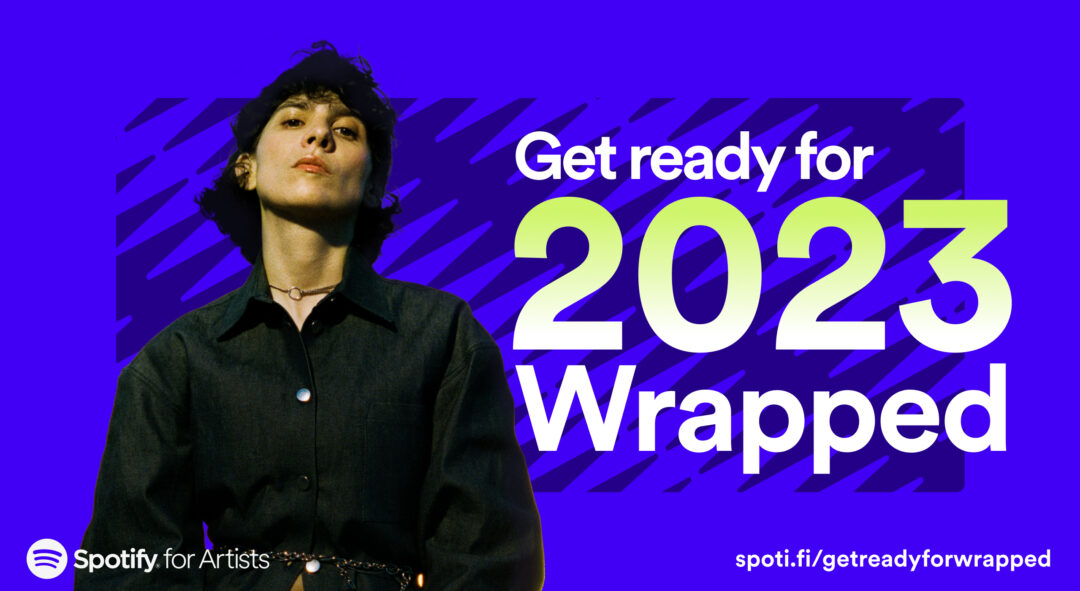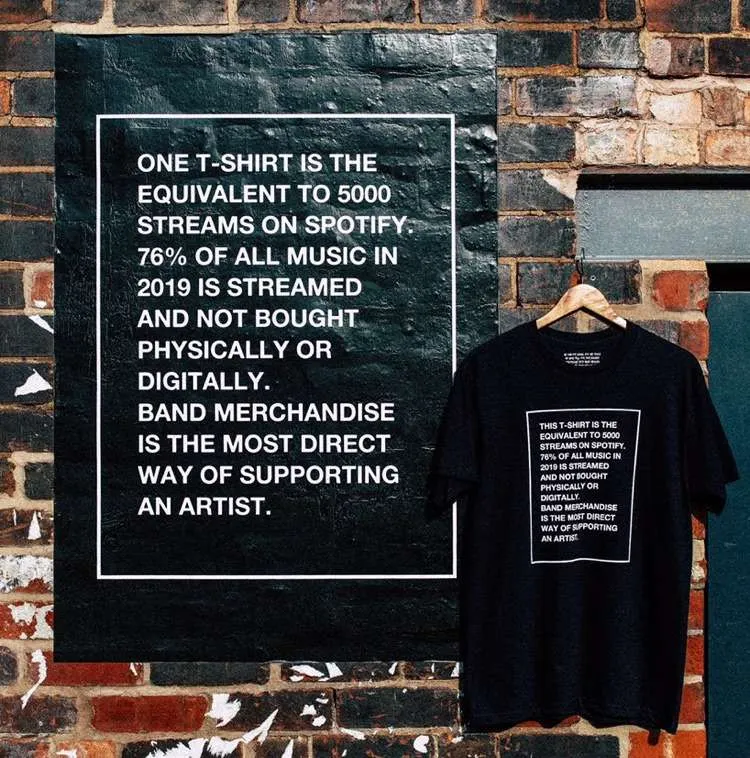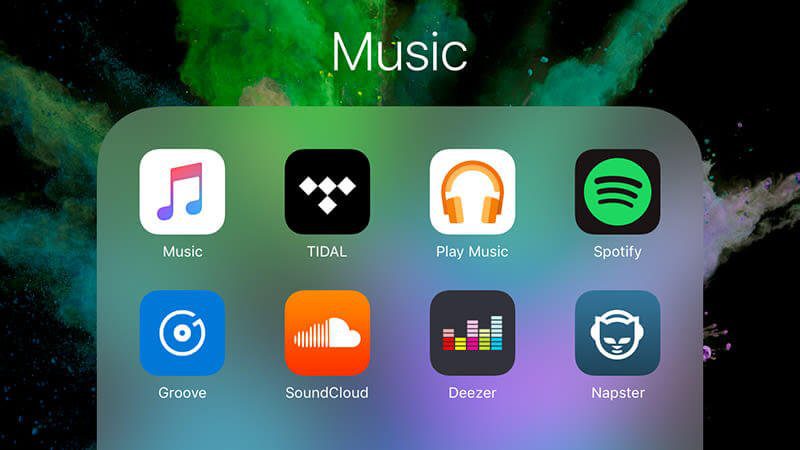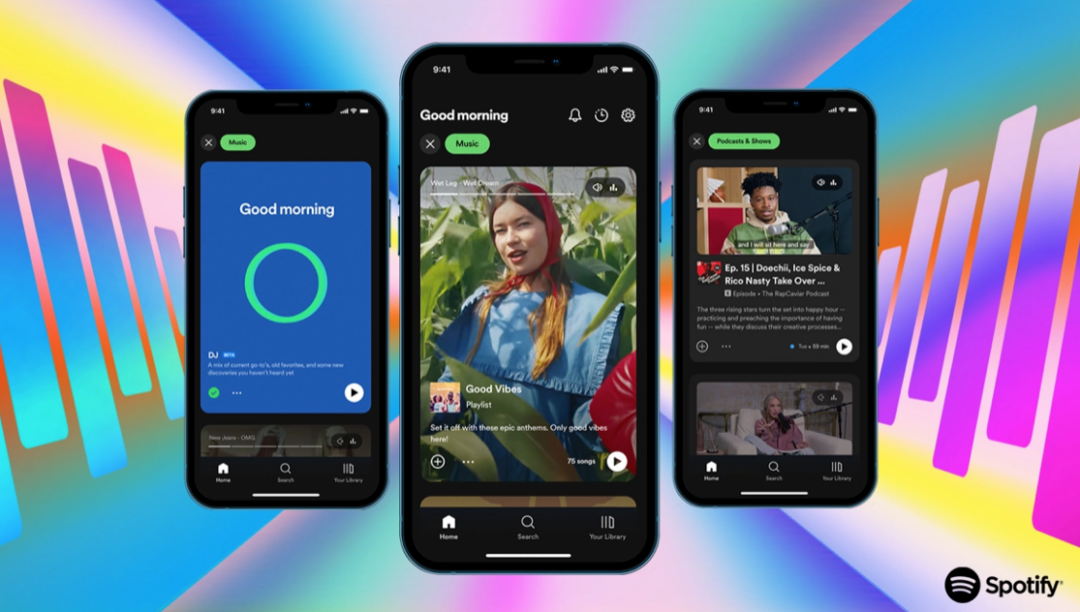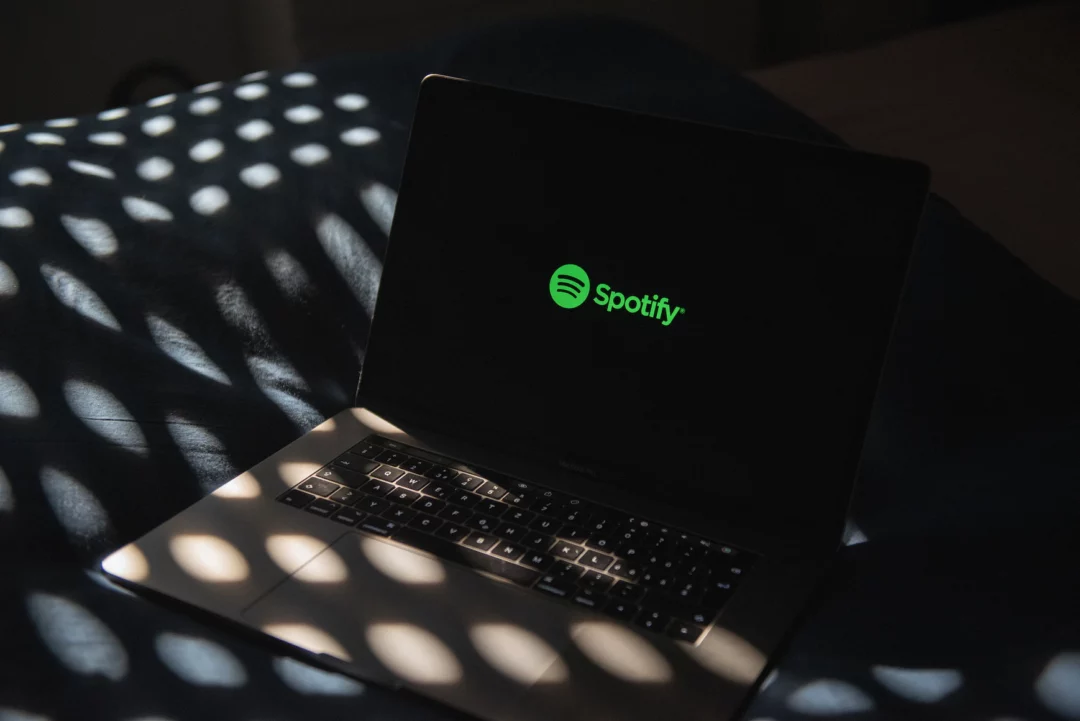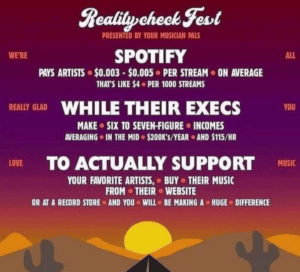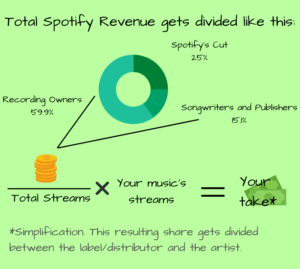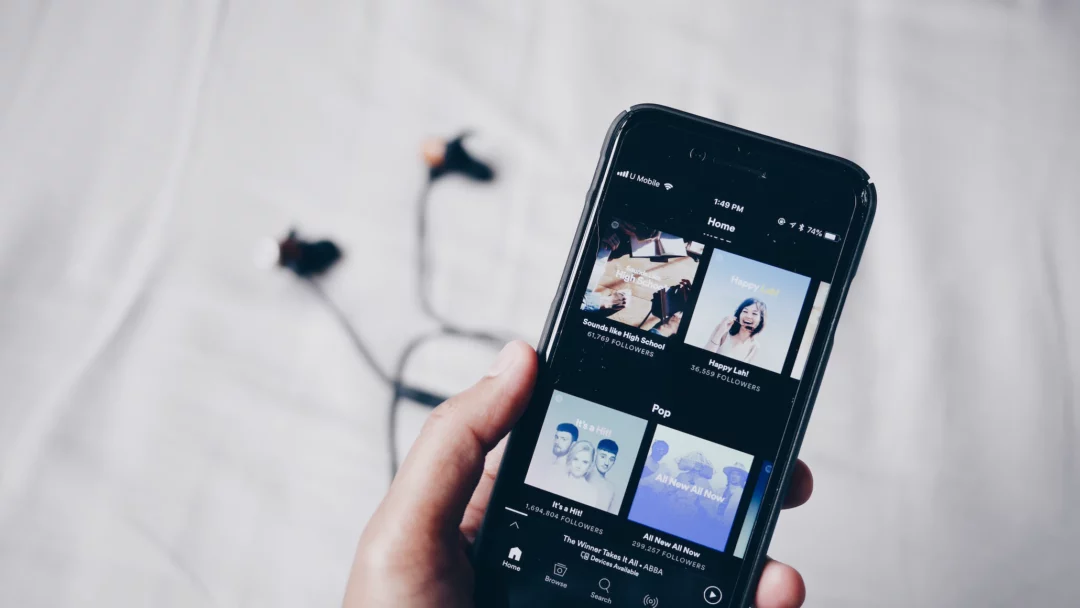This week, it was revealed by Hypebot that only 20% of artists can achieve the seemingly modest milestone of 1,000 monthly streams on Spotify. This statistic, while disheartening, offers an insight into the pervasive challenge of visibility within the industry.
With production and recording technology becoming increasingly accessible, the number of aspiring musicians uploading their sounds to Spotify has skyrocketed, leading to an oversaturation that has transformed the music industry’s landscape. Is this democratisation beneficial, or has it simply muddied the waters where only a select few can truly thrive?
Previously, the music industry was effectively behind a paywall, only accessible to those with enough funds to break through the financial barrier to pay for studio time. Today, effectively, anyone with a laptop can contribute to the airwaves and attempt to make their mark among the media plants.
This blog will explore how the music industry has evolved in recent decades, before providing workable tips for independent artists looking to be more than just a drop in the infinite sonic ocean.
From Vinyl to Virtual: The Evolution of the Music Industry
The music industry’s journey from the 1970s to the present day paints a fascinating picture of adaptation and transformation. From vinyl records to the streaming dominance of platforms like Spotify, the way music is produced, distributed, and consumed has undergone revolutionary changes. This evolution has not only impacted the commercial aspects of music but also the creative processes behind it.
The Vinyl Era and the Age of Gatekeepers
In the 1970s, the music scene was dominated by vinyl records and controlled by a handful of major record labels. These labels acted as gatekeepers, deciding which artists got the chance to record and distribute their music. This system placed a high barrier to entry for upcoming artists, making it difficult for them to break into the scene without significant label backing.
The Digital Shift and the Rise of CDs
The 1980s and 1990s witnessed the rise of digital recording and CDs, which provided higher sound quality and durability. This era also saw the beginnings of the digital revolution in music, with the introduction of digital audio workstations that began to democratise music production, allowing more artists to produce music at lower costs.
The MP3 Revolution and Online Distribution
The late 1990s and early 2000s brought about the MP3 revolution, which completely changed the landscape. Platforms like Napster disrupted traditional music distribution, leading to a massive shift towards online consumption. This period marked the decline of physical sales and the struggle of the industry to adapt to the digital age.
Streaming Takes Over
By the 2010s, streaming platforms began to dominate, culminating in Spotify’s rise as one of the most influential platforms in the music industry. These platforms offer unlimited access to vast libraries of music for a subscription fee or free with advertisements, fundamentally changing how music is monetized and challenging artists to find new ways to earn revenue.
The Current Landscape: Accessibility vs. Oversaturation
Today, virtually anyone with a computer and internet access can record and upload music to streaming platforms. While this has lowered the barrier to entry and allowed a more diverse range of artists to participate, it has also led to oversaturation. The sheer volume of available music makes it increasingly challenging for artists to stand out and achieve significant streaming numbers.
Five Workable Tips for Artists on Streaming Platforms
Given this historical context and the current challenges, here are five actionable tips for artists looking to increase their visibility and success on platforms like Spotify:
-
Focus on Niche Markets
Instead of trying to appeal to everyone, artists can achieve more by targeting specific niches. By understanding and catering to a specific audience, artists can create more targeted and relevant content that resonates deeply with their listeners.
-
Invest in Quality Production
While home recording has made music production more accessible, the importance of quality has not diminished. High-quality recordings can make a significant difference in how music is perceived by listeners and algorithms on streaming platforms.
-
Use Smart Promotion Strategies
Artists should leverage all available channels to promote their music. This includes social media, music blogs, playlists, and collaborations with other artists. Effective use of these channels can significantly increase an artist’s visibility and streaming numbers.
The DIY ethos may seem attractive to independent artists who take immense amounts of pride in doing everything themselves, but very few successful artists got to where they are today alone. If you are serious about your music being heard, invest in PR; yes, there may be some music PR companies with campaign fees that will make your eyes water as you count the zeroes, but there are also swathes of cheaper PR options offered by people with strong connections within niches and local scenes – some charge as little as £50 per campaign!
-
Engage with Your Audience
Building a loyal fan base requires active engagement. This can be through social media interactions, live streams, or offering exclusive content. Engaged fans are more likely to stream music repeatedly and share it with others. While it isn’t ideal that you have to invest so much of your time dedicated to your music affixed to Facebook, TikTok and Instagram, it is one of the best ways of organically growing a strong and loyal fanbase who will be worth far more than a few passive streams on Spotify!
-
Analyse Data to Inform Decisions
Platforms like Spotify provide artists with data on how their music is performing. By analysing this data, artists can make informed decisions about everything from the type of music they produce to when they release it, maximising their chances of success.
Conclusion: Adapting to the New Normal
The evolution of the music industry from the 1970s to 2024 shows a pattern of disruption followed by adaptation. As we look forward, artists must navigate the challenges of an oversaturated market by focusing on quality, engaging directly with audiences, and leveraging modern marketing and data analytics. By adapting to these changes, artists have the opportunity to carve out successful careers in a radically transformed music industry.
Article by Amelia Vandergast

